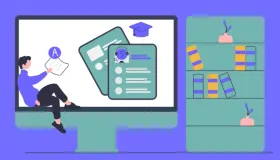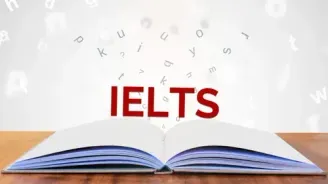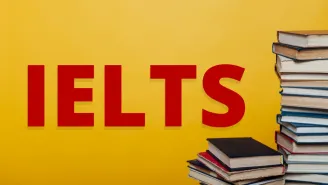Summer Activities At London Kew Gardens Reading Answer Passage
Summer Activities At London Kew Gardens Reading Answer Passage
Paragraph A. Climb up to the walkway among the trees, 18 meters above the ground, for a spectacular experience. Feel as tall as the trees and enjoy a bird’s-eye view over the gardens.
Paragraph B. The Nash Conservatory displays stunning images from leading wildlife photographer Heather Angel. Each photograph explores the wealth of biodiversity at Kew Gardens, from foxes to birds, tiny insects to towering trees.
Paragraph C. A world of pollination comes to life in the Princess of Wales Conservatory. Find yourself in a tropical environment whilst walking through clouds of colourful butterflies as they fly around the Conservatory! Come face-to-face with gigantic sculptures of insects, birds and bats, which will help tell the fascinating stories of how they interact with plants.
Paragraph D. An extraordinary sound installation created by Chris Watson. On the hour throughout the day, the Palm House is filled with the sound of the dawn and dusk choruses of birds that live in the Central and South American rainforests.
Paragraph E. Come and see the fantastic outdoor exhibition of garden, wildlife and botanical photography. Walk amongst enlarged photographs and admire the wonderful garden photos – all taken by children aged 16 and under from all around the country. If you are in this age category and fancy yourself as a photographer, then you can enter for the next show!
Paragraph F. Young explorers can discover the new children’s outdoor play area, shaped like a plant, in Kew’s magical Conservation Area. As you journey through this interactive landscape, discover the functions of every part of a plant. Tunnel through giant roots, get lost among the leaves and hide amongst the large fungi, whilst solving puzzles along the way!
Paragraph G. What is biodiversity all about? Did you know that every breath we take and every move we make depends on plants? Take a guided tour to discover what biodiversity means and why it matters so much.
Paragraph H. Visit our exciting and colourful exhibition of South American botanical paintings, which brings the continent’s exotic and lush plants to life in works from two hundred years ago and from this century.
Let’s explore the questions and answers of the Summer Activities At London Kew Gardens Reading passage.
Summer Activities At London Kew Gardens Reading Answers with Sample Questions
Have you read the passage? Now, take the test and find The Return Of Huarango Reading answers! Try to answer these questions by yourself before you sneak a peek at the answers given below.
Check Out Top 35+ IELTS Reading Practice Test Questions with Answers
Below are some top 35 free IELTS Reading Practice test online questions with detailed answers to enhance your IELTS preparation online. We have provided sample passages for each test type for your reference.
- What Is Exploration Reading Answers
- Effects Of Noise Reading Answers
- The Discovery Of Baby Mammoth Reading Answers
- The Dead Sea Scrolls Reading Answers
- The Ring-Tailed Lemur Reading Answers
- Why We Need To Protect Polar Bears Reading Answers
- Nutmeg A Valuable Spice Reading Answers
- What Is Meaning Reading Answers
- Cutty Sark Reading Answers
- The Step Pyramid Of Djoser Reading Answers
- South Pole Adventurer Reading Answers
- The Future Of Work Reading Answers
- Ambergris Reading Answers
- Trees In Trouble Reading Answers
- Could Urban Engineers Learn From Dance Reading Answers
- The Flavour Of Pleasure Reading Answers
- The Value Of A College Degree Reading Answers
- Why You Should Delegate Tasks To Team Members Reading Answers
- Corporate Social Responsibility Reading Answers
- Forest Management In Pennsylvania USA Reading Answers
- Making Time For Science Reading Answers
- The Power Of Play Reading Answers
- Coastal Archaeology Of Britain Reading Answers
- How The Other Half Thinks Reading Answers
- Changes In Reading Habits Reading Answers
- The Forgotten Forest Reading Answers
- When Conversations Flow Reading Answers
- Attitudes Towards Artificial Intelligence Reading Answers
- The Ingenuity Gap Reading Answers
- A Bar At The Folies Reading Answers
- Booking A Wessex Cottages Holiday Reading Answers
- Sunset Tours Reading Answers
- Bird Migration Reading Answers
- Clutter Bugs Beware Reading Answers
- The Hidden Histories Of Exploration Exhibition Reading Answers
- Calisthenics Reading Answers
- Having A Lovely Time Reading Answers
- The Return Of Huarango Reading Answers







